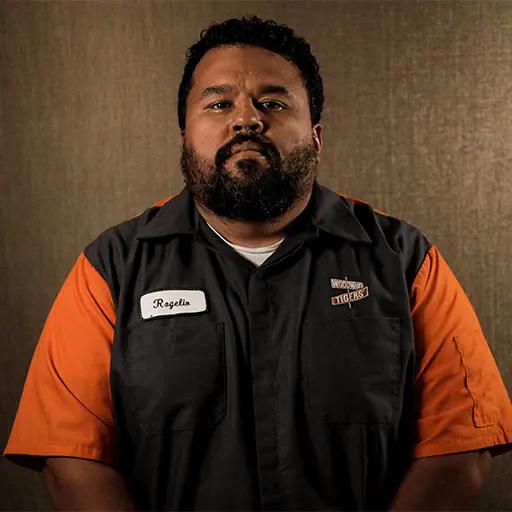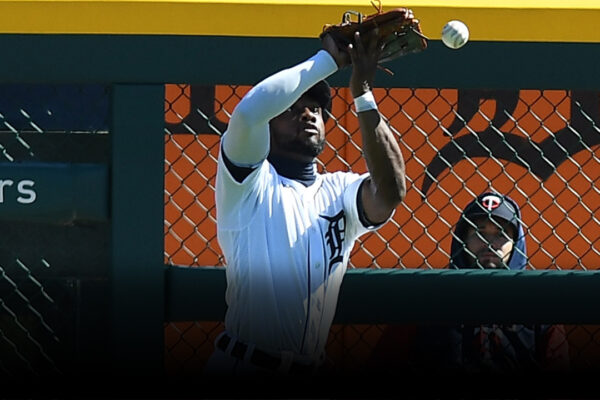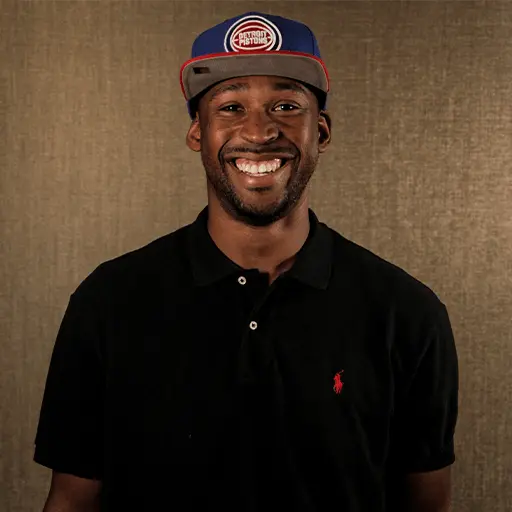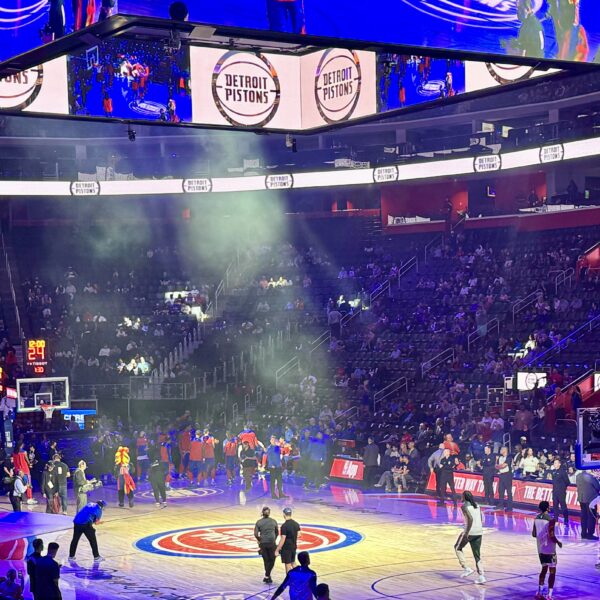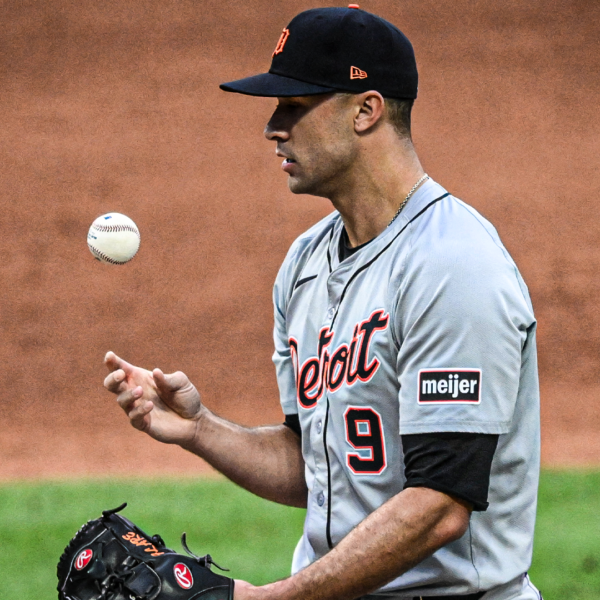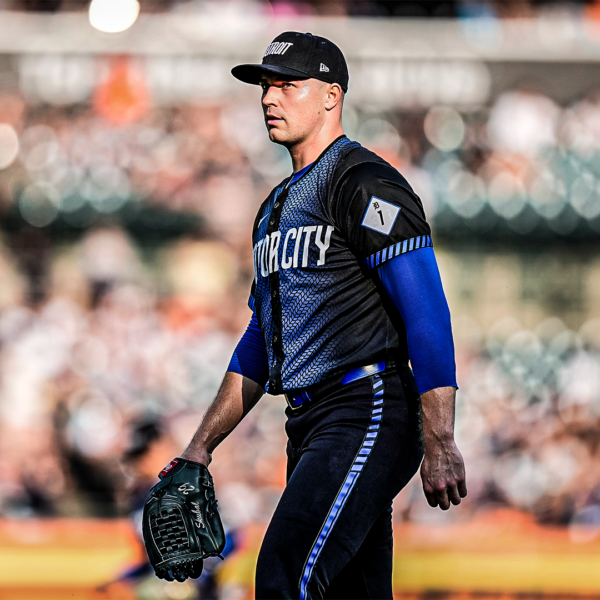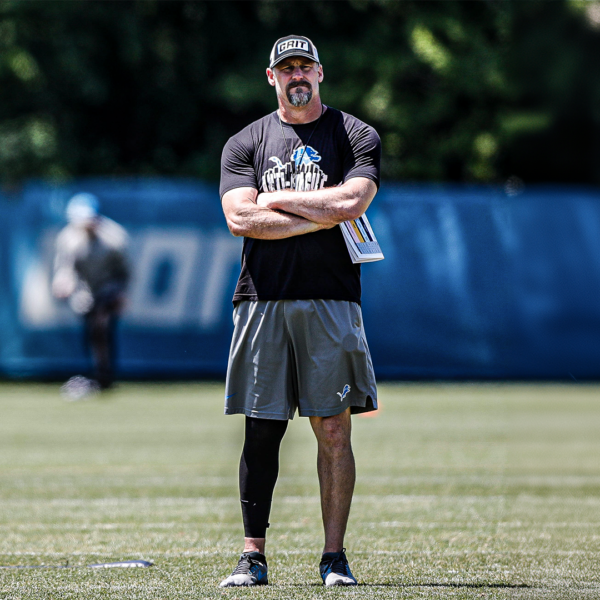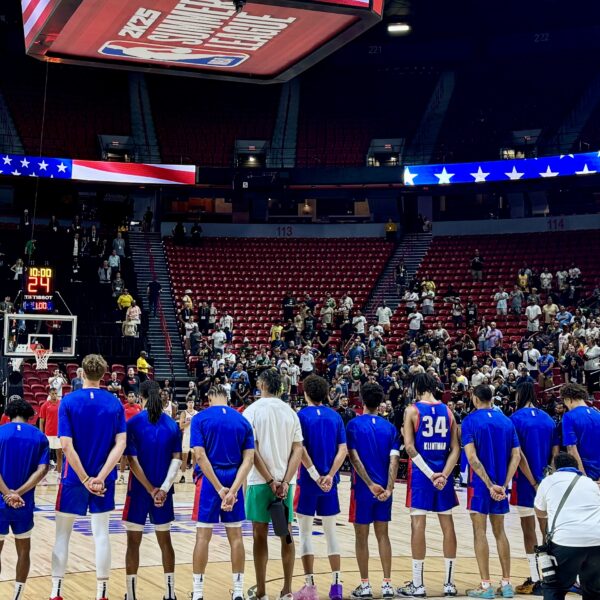It is pretty easy to say everything went wrong for the Detroit Tigers in 2022, but there are specific reasons why.
For this article, I am joined by my podcast partner of Woodward Tigers, Chris Brown, to break down what went wrong for the Detroit Tigers. Last season, Detroit shocked the fan base by going 77-85. So, heading into the 2022 season, I felt confident they would take another step forward. While on the podcast, I was concerned about the team’s depth on offense. Here’s what I said back in April while I was the site co-expert at Motor City Bengals.
“Overall, Torkelson and Greene are not only talented but it gives Detroit a youth core in the likes we have not seen from the positional standpoint.I will go with 82-80. If they are still hanging around the AL Central race after the All-Star break, Detroit Tigers fans will be stoked. A lot of injuries to overcome but if their starting pitching can keep them in games, I think it will help when the offense is not clicking. The buzz about this team is fantastic and rightfully so. There is a lot of talent here.”
In our over/under predictions, I thought Detroit would shell out the power. That clearly was not the case. The Tigers had the second-lowest home run total (110) in a regular-length season since the mound was lowered in 1969. Their 3.4 runs per game is also the lowest since the advent of the DH in 1973, and the fourth lowest in team history. Think about that for a moment. Detroit is a founding member of the American League, which started in 1901. Their 3.4 runs a game is tied with the 1906 team.
So the first one is pretty clear, it was the lack of power. What else went wrong with the Detroit Tigers?
Not addressing the Detroit Tigers depth (offense)
Rogelio: Simply put, there was no backup plan for Spencer Torkelson or Akil Baddoo. In each of his minor league stops in 2021, it took Torkelson a while to get his bat. I thought that was the case earlier in this season, too, but he was missing everything. He produced a -8 run value on four-seam fastballs this season. When you are at 27.8% at getting under the ball, (League Average 24.6%) that is one of the few issues he had.
The signing of Quincy Nieporte in the off-season gave the Tigers a bat for Erie, but unlike last season in which Detroit signed Aderlin Rodriguez and Renato Nunez, there was no real backup plan at first base if Torkelson struggled. The evolution of prospects like Parker Meadows and Wenceel Perez may have been unexpected to Tigers fans, but to the front office development folks, perhaps that is why they did not sign a backup plan.
No one saw the issues for Candelario, Schoop and Grossman as far as power evaporating. Detroit did make a trade for Austin Meadows to shore up the outfield when Riley Greene broke his foot in spring training. However, Meadows was fighting injury issues all season in addition to personal issues. We saw the call-ups in Kody Clemens and Ryan Kreidler, but neither could provide a spark.
However, the depth of arms was able to keep Detroit afloat. Beau Brieske, Garrett Hill, Will Vest and Drew Hutchinson were able to keep the Tigers at least in games. There was much more wrong with the offense than Scott Coolbaugh, who was let go as the Tigers hitting coach last week.
Chris: Modern baseball offenses specialize in getting on base and hitting for power. Pitchers are so good that teams simply can’t rely on stringing together 4-5 hits in an inning anymore. And if we need proof of that, simply look at the Detroit Tigers, who posted the second worst on-base percentage (.286), and the absolute worst Isolated Power (.115) in MLB this year. They scored 557 runs this year, a mere 290 fewer than the Los Angeles Dodgers.
Part of that is a lack of depth, and some of it was a matter of approach. But mostly it was the product of a front office with an outdated method of identifying talent and constructing a roster. That’s how general managers get fired.
Injuries
Rogelio: The Tigers lost essentially five starters this season due to injury. No Spencer Turnbull to start the season, then both Casey Mize and Tarik Skubal went down for the season. The injuries even started to hit the reinforcements. Matt Manning, Joey Wentz, Rony Garcia and Beau Brieske all saw time on the IL. If there is one positive way to look at it, the injuries showed the depth and progress of the Tigers’ arms in their system. Wentz finished the year strong heading into Arizona Fall League, and Brieske survived tough road starts in Boston and against the Dodgers.
Chris: It’s clear in retrospect that the Detroit Tigers needed A LOT of things to go right to be competitive in 2022. They needed their veterans to stay productive. Young players like Akil Baddoo and Matt Manning had to improve. And rookies Riley Greene and Spencer Torkelson needed to arrive fully formed and ready to contribute. And above all, the Tigers needed everyone to stay healthy.
None of those things happened. Chris Fetter, Juan Nieves, and the pitchers themselves deserve credit for cobbling together a rotation and surviving the season. But the injuries Rogelio mentioned turned the rotation from promising to passable. And again, we see Detroit falling behind the times. Modern pitching staffs succeed by racking up strikeouts and limiting walks. Tigers starters produced a below-average walk rate (7.8%) while tying for last in strikeout rate (17.8%). The raw numbers actually suggest the Tigers were lucky to win 66 games this year. Scott Harris has a lot of work to do.
Going Forward into 2023
The Tigers will address these issues under new President of Baseball Operations Scott Harris. Whether they address the roster with decisions they have to make for the Rule 5 draft, trades, and signings, one thing has been clear already. The Tigers may finally be heading towards building their roster in the modern times.
Now, it’s not to say they have not been trying before, but if you look at the previous regime, it has been under the old line of thinking. The off-season moves were becoming predictable. Take a veteran pitcher with some miles on them, rinse and repeat. But you have to give credit to A.J. Hinch and others in the organization to recognize the Avila plan was not going to work anymore. While they did not lose 100 games, this season felt, at times, punishing. By the stats, this was one of the worst offensive seasons we have ever seen.
Can Detroit fix this quickly? We shall see but, expect a busy off-season.
Photo credit-Lon Horwedel-USA TODAY Sports
Podcast Links: Apple Podcasts|Spotify|Spreaker
Follow us on Twitter @woodwardtigers
Woodward Tigers on YouTube.
